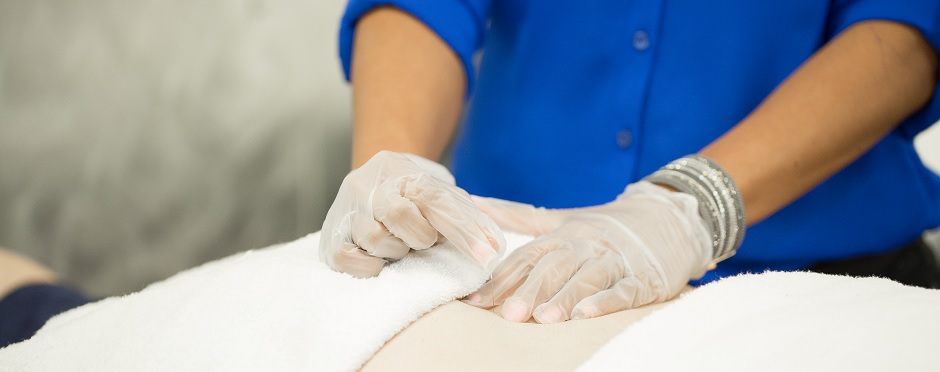
How Much Do You Know About Dry Needling?
2 CommentsDry needling is a technique that is gaining in popularity. We understand that there is a lot of information available, sometimes this information is conflicting or confusing. We hope to be able to answer your questions as simply as we can. Let’s take a look at some common questions about dry needling.
We hope this quiz helped answer some of the top questions about dry needling. If you have more questions or are interested in finding a clinician trained in this technique, reach out to your nearest Athletico location to request a free assessment and learn more.
The Athletico blog is an educational resource written by Athletico employees. Athletico bloggers are licensed professionals who abide by the code of ethics outlined by their respective professional associations. The content published in blog posts represents the opinion of the individual author based on their expertise and experience. The content provided in this blog is for informational purposes only, does not constitute medical advice and should not be relied on for making personal health decisions.
References:
1. Dunning J, Butts R, Mourad F, Young I, Flannagan S, Perreault T. Dry needling: a literature review with implications for clinical practice guidelines. Phys Ther Rev. 2014;19(4):252-265. doi:10.1179/108331913X13844245102034
2. American Physical Therapy Association (APTA). Physical Therapists and the Performance of Dry Needling: An Educational Resource Paper. Virginia: APTA Public Policy P, and Professional Affairs Unit; 2012

2 Comments
Chris Price
Tara, I had horrible pain compounded by a tear in my Achilles. My calf muscle needed attention as it was very tight and pulling my Achilles. Ashleigh Koepper at Athletico- Sterling, Virginia performed dry needling for several weeks and relieved that pain! I am grateful.
Cynthia Ivelise Vega
Alguien sabe si esto lo cubre el seguro mèdico?